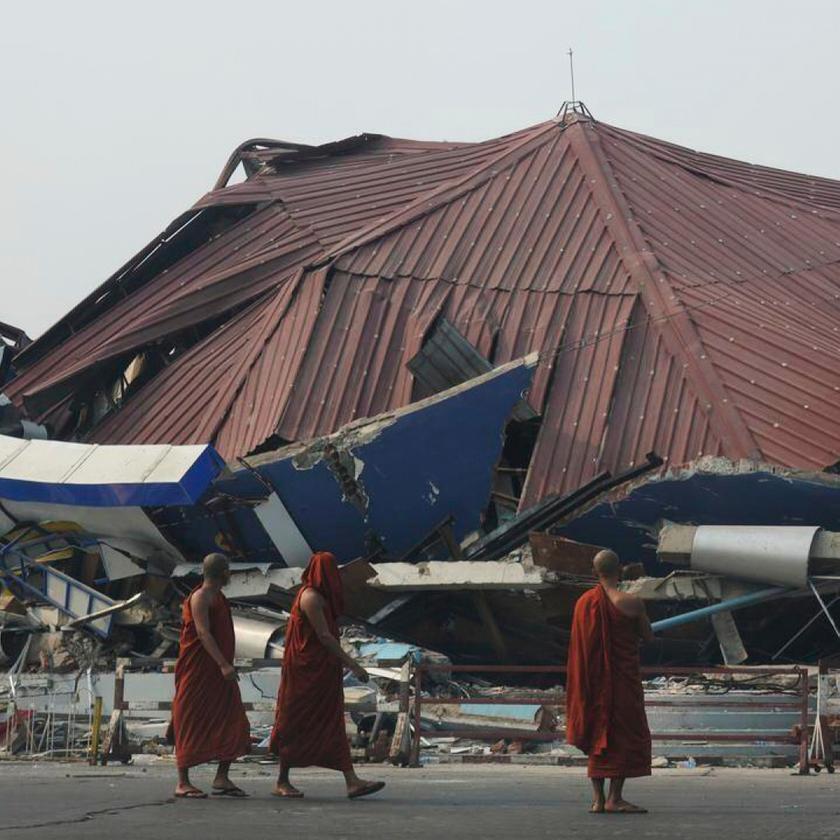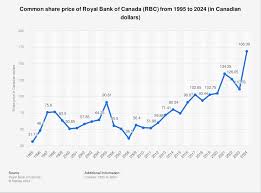
Introduction
Myanmar, a country located in Southeast Asia, has witnessed significant political turmoil and social unrest since the military coup in February 2021. This has led to widespread human rights violations, displacement of people, and an ongoing humanitarian crisis. Understanding the current state of Myanmar is vital for global awareness and efforts toward peace and stability in the region.
Current Political Situation
Following the military coup that ousted the democratically elected government led by Aung San Suu Kyi, Myanmar has been engulfed in chaos. The military junta, known as the State Administration Council (SAC), has clamped down on dissent, using lethal force against peaceful protesters. Reports from various human rights organizations indicate that over 2,400 individuals have been killed, and thousands more have been imprisoned or displaced. The political landscape remains fractured, with various ethnic and pro-democracy groups forming a National Unity Government (NUG) that opposes the military rule. As of October 2023, clashes between the military and resistance groups continue, exacerbating the humanitarian conditions.
Humanitarian Crisis
The ongoing conflict has resulted in one of the fastest-growing humanitarian crises in the world. According to the United Nations, over 14 million people, approximately one-quarter of Myanmar’s population, require humanitarian assistance. This includes access to food, healthcare, and shelter, with many families displaced and living in precarious conditions. Moreover, the COVID-19 pandemic has further strained the already collapsing healthcare system. International organizations are working to provide aid, but bureaucratic hurdles and military obstructions make it challenging to deliver much-needed support to those in dire need.
International Response and Future Outlook
The international community has largely condemned the actions of the Myanmar military, with various countries imposing sanctions on military leaders and their business interests. The Association of Southeast Asian Nations (ASEAN) has attempted to mediate the conflict but has faced criticism for its ineffective response. As the situation evolves, analysts predict that unless meaningful dialogue and peace talks are initiated, Myanmar will remain plagued by violence and instability. The outlook remains bleak, with potential for further escalation if international pressure does not lead to a resolution.
Conclusion
The situation in Myanmar is complex and remains fluid, with profound implications for its citizens and the region. As the country grapples with military oppression and humanitarian needs, the global community’s engagement will be critical in pushing for change. The hope remains that through international collaboration and local resilience, Myanmar can move toward a peaceful and democratic future.

